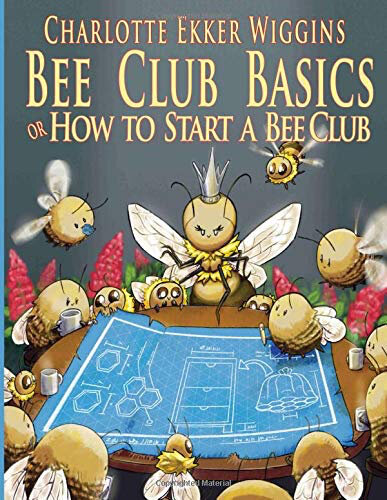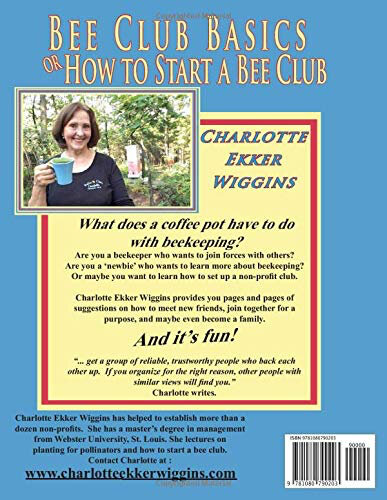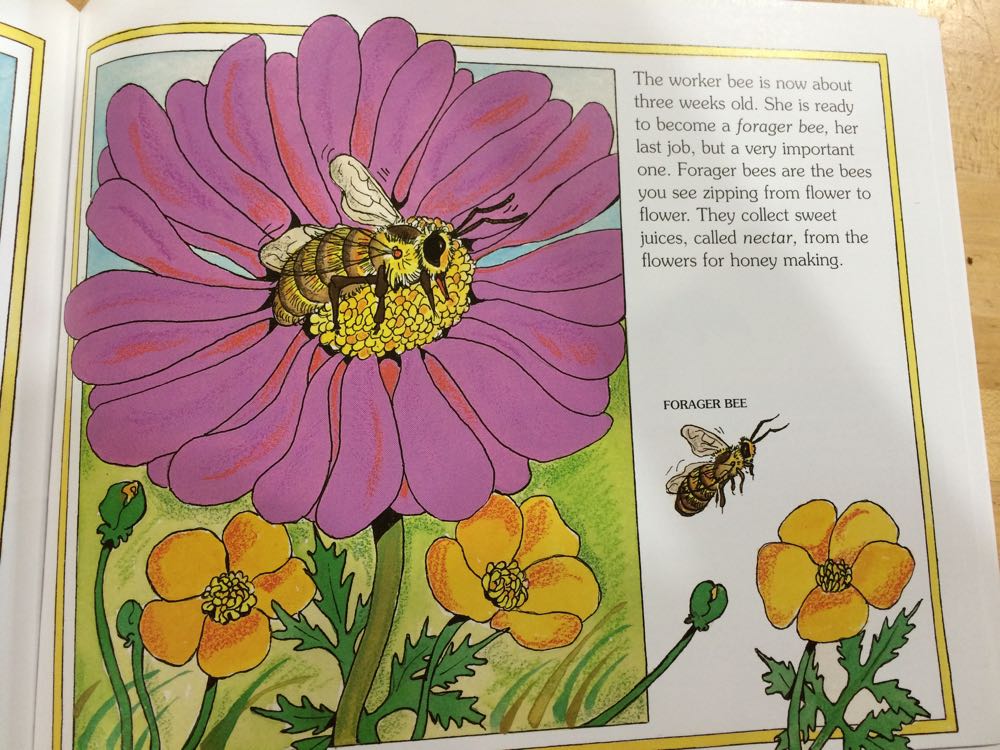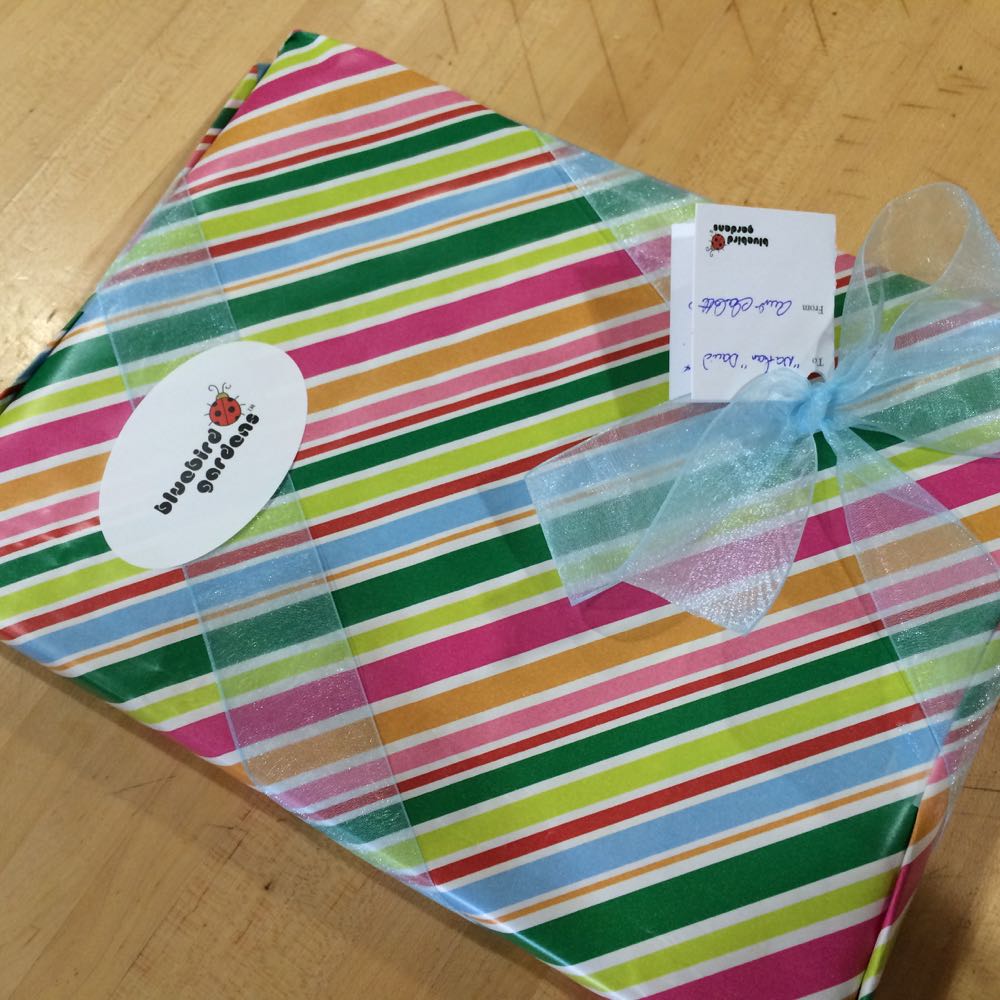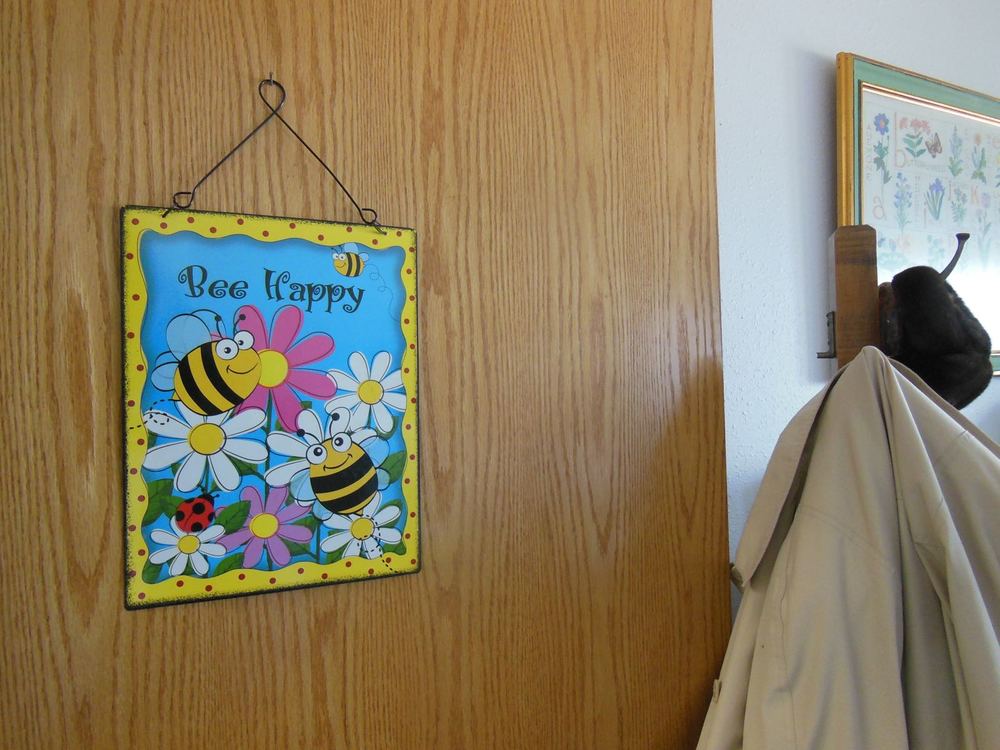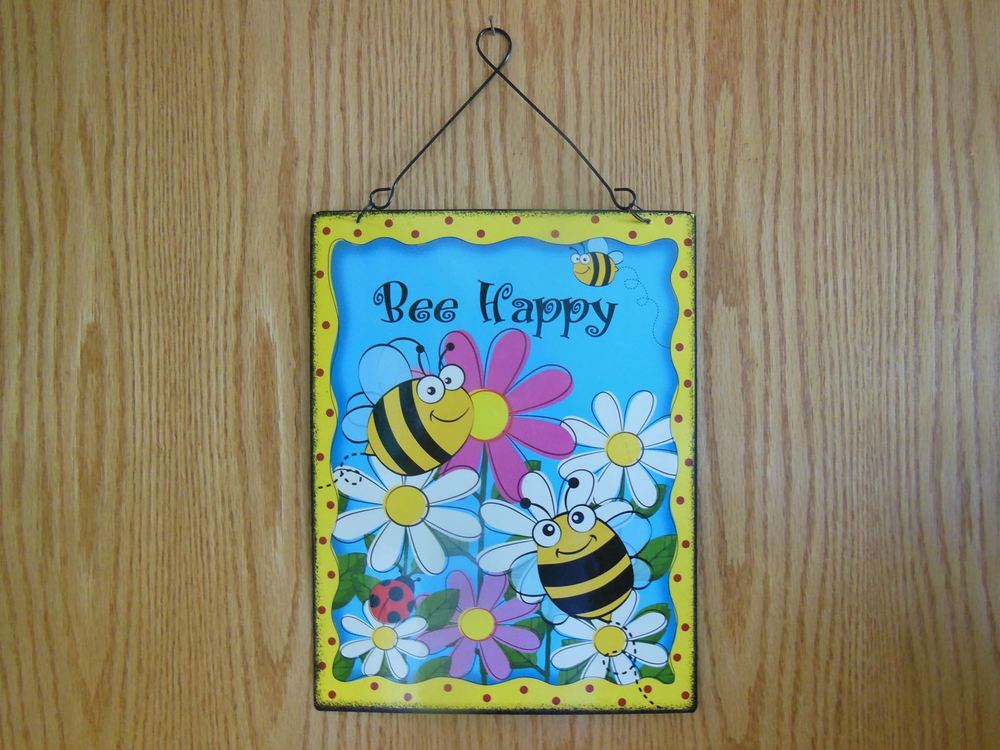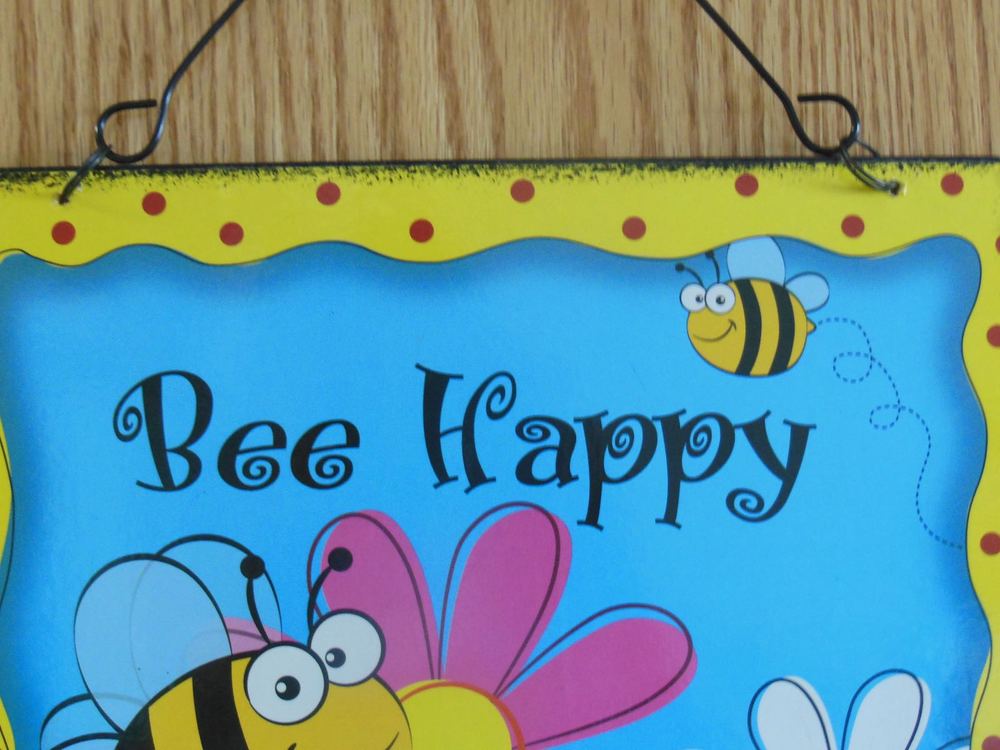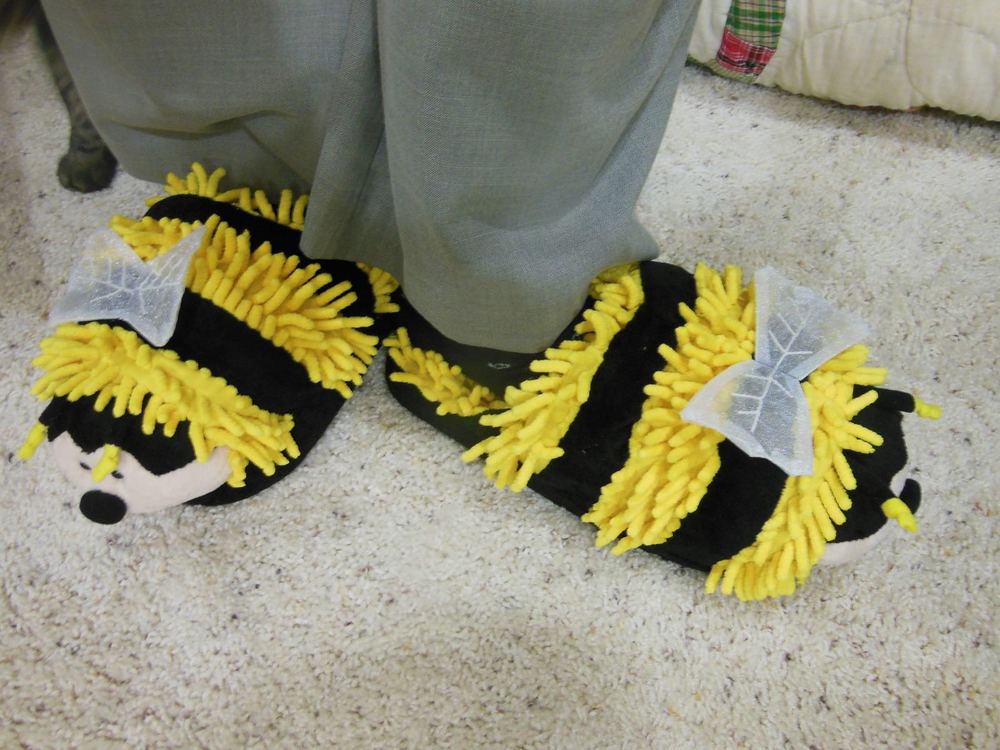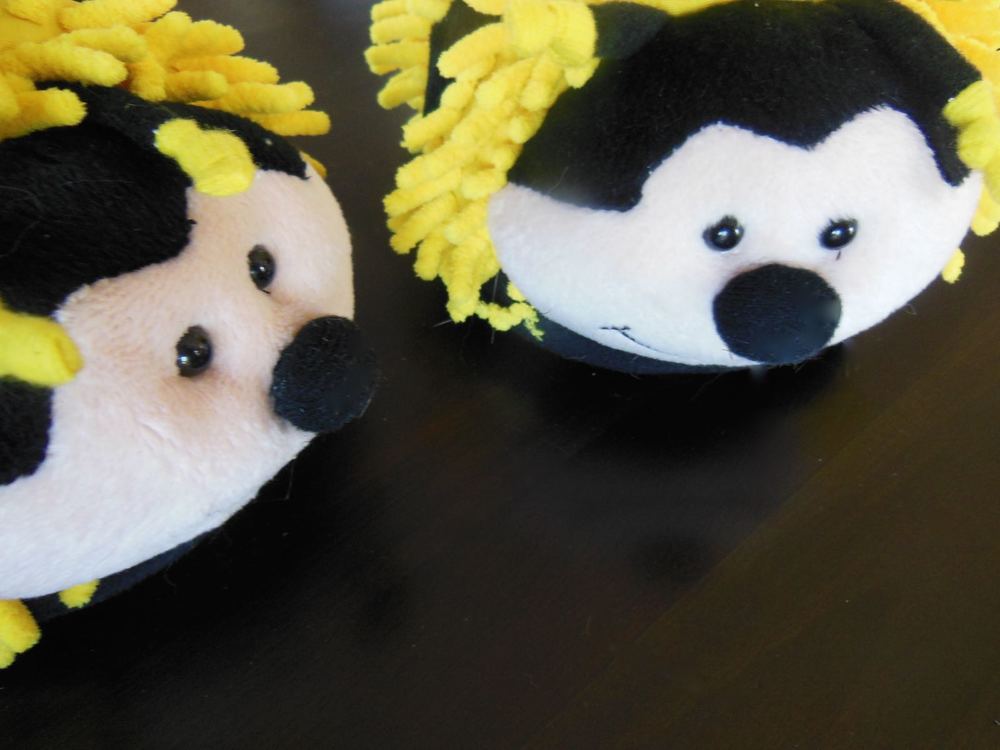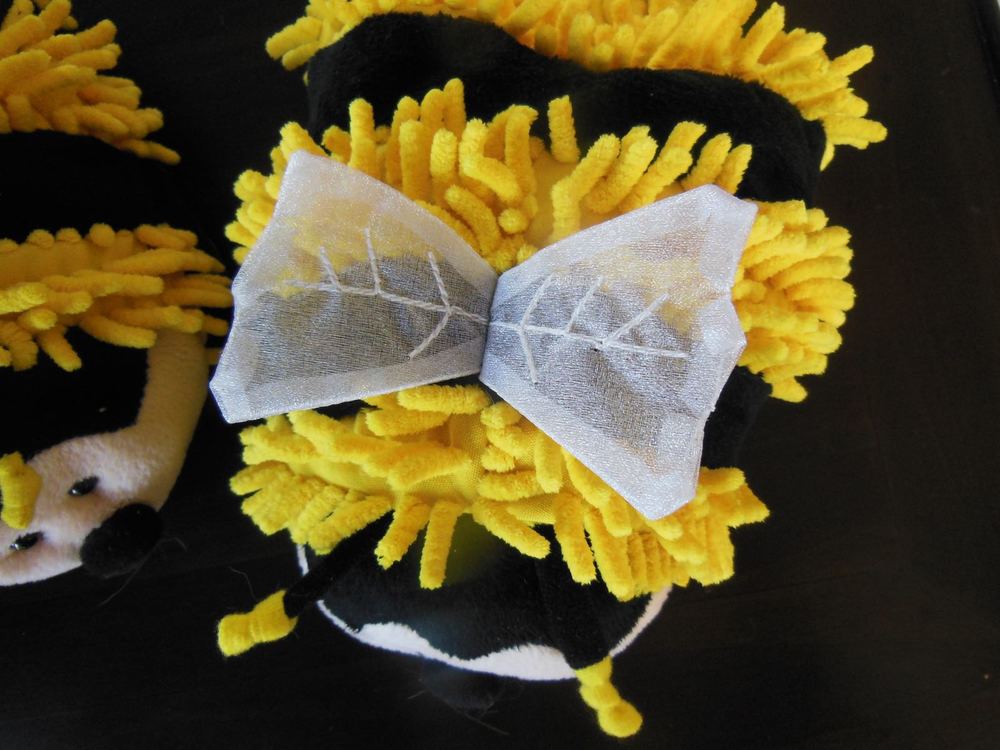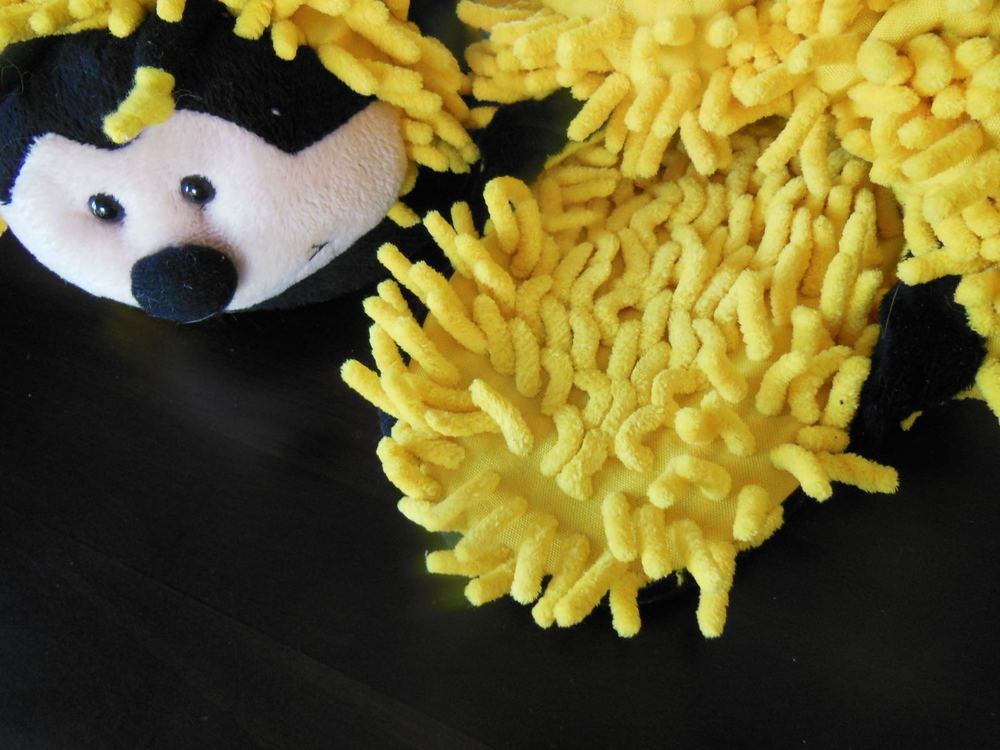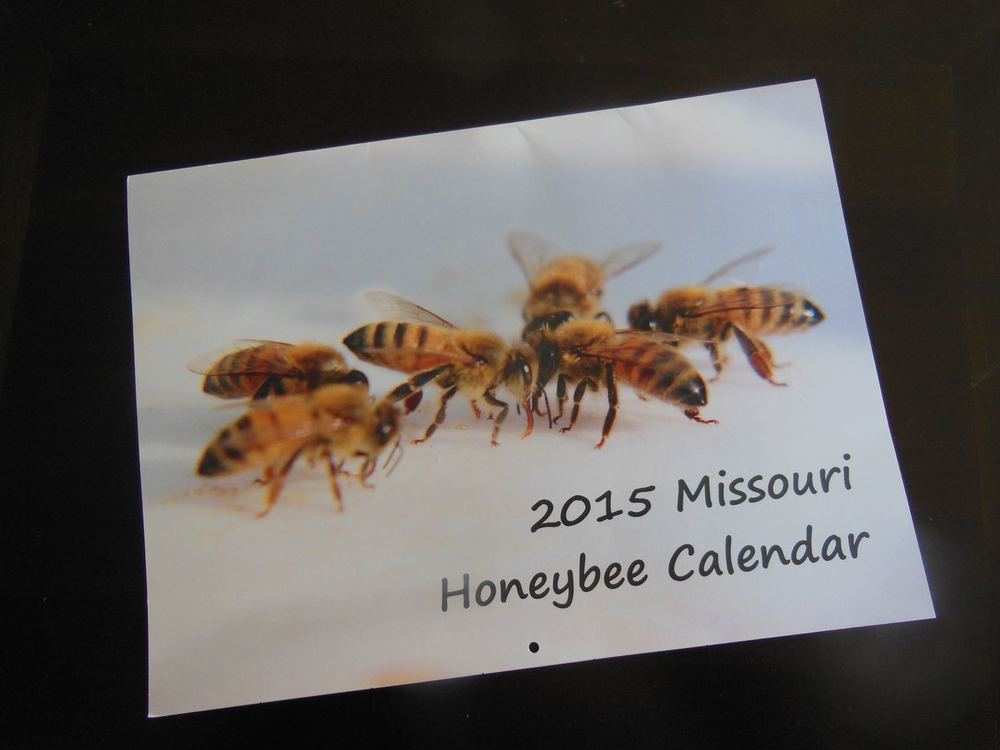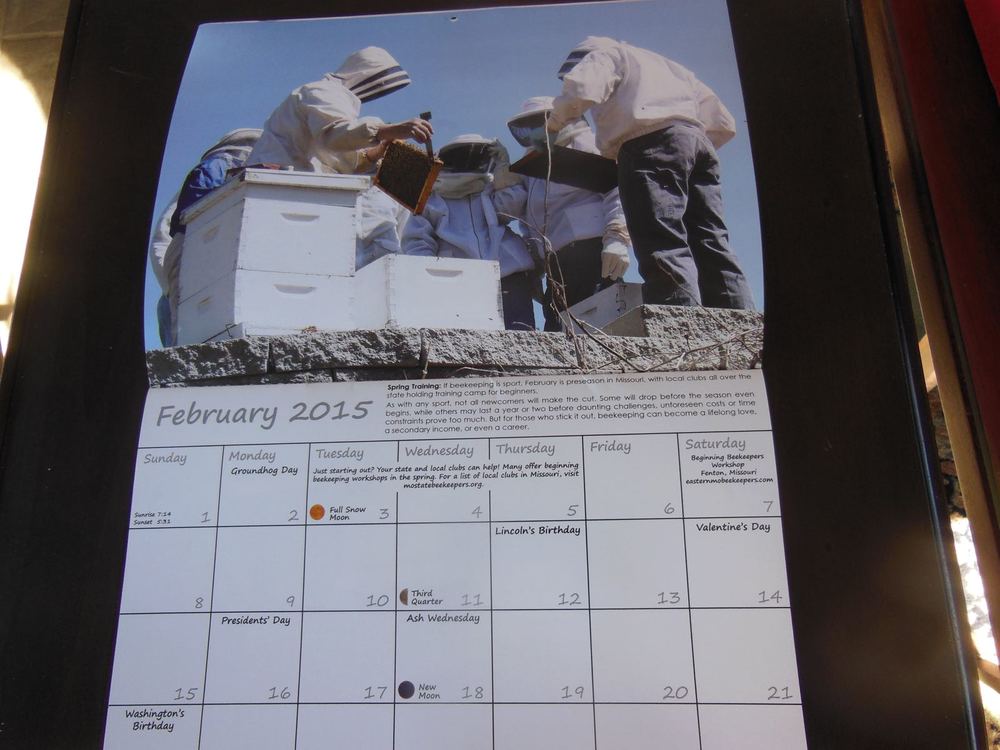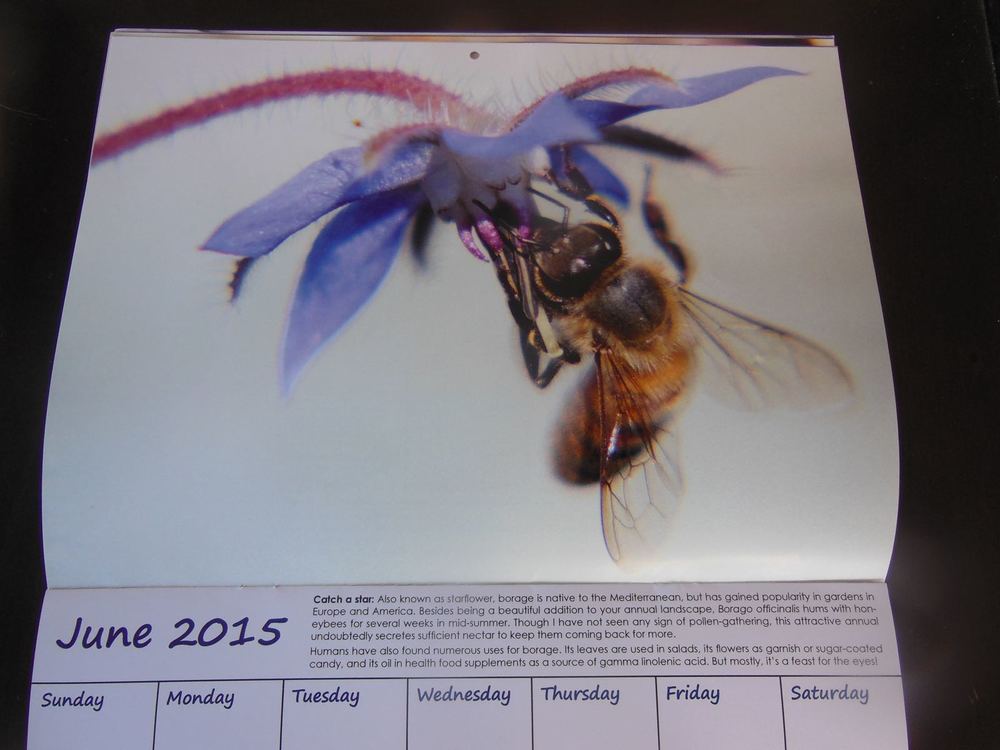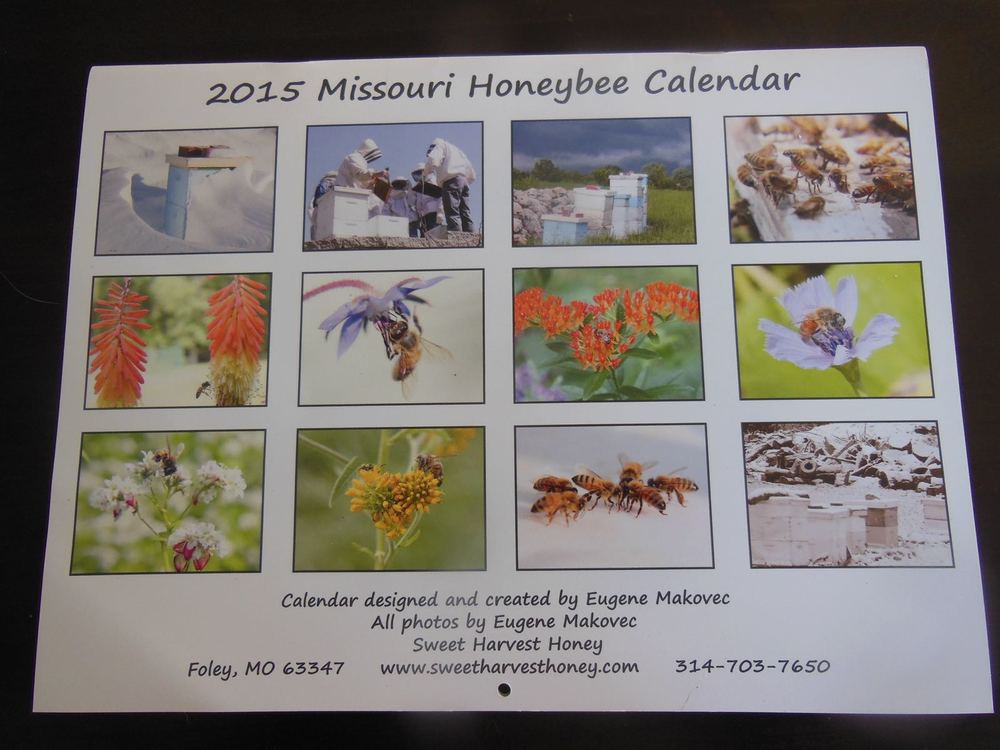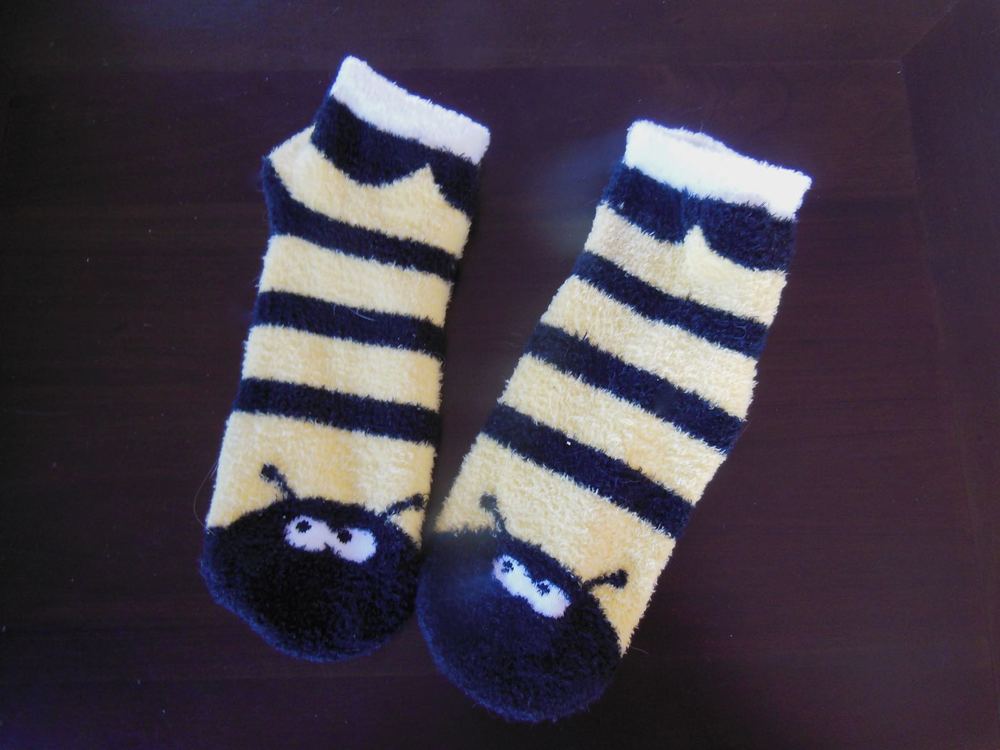Bee Club Basics Book
/The first in a series of books to help beekeepers. (Photo by Charlotte Ekker Wiggins)
Bee Club Basics Book
Ten years ago, Missouri had a total of 6 bee clubs, volunteers in major metropolitan areas helping primarily sideliner and commercial beekeepers. It was also about the time most bee hives in the US died, the result of what we now know was a combination of pesticides, pests and pathogens, poor nutrition and poor management.
Fast forward to 2015, when our state beekeeping association was holding discussions about the needs of Missouri beekeepers. The number of new bee clubs had just started to expand, including the one I started in Rolla but there weren’t resources to help those clubs.
Now there are.
I wrote “Bee Club Basics” for those who are starting, and want to start, an educational non-profit bee club. There are more than 50 now in Missouri, some struggling more than others for help with monthly discussion topics, speakers and the basics, such as how to make their meetings welcoming.
I have started over a dozen educational non-profits since 1979 and have a master’s degree in management. There are a lot of management books on the market; this is not a typical one. I facilitated the club planning process by having forms and check lists to guide the club managing group. Include suggestions for beginning beekeeping as well as experienced beekeeping discussion topics and even included coloring pages for the kids who may make club meetings.
The paperback book is available through Amazon to cut down on duplication and shipping costs. It will also make it easier for me to update the book.
In addition to helpful check lists, the book and the 2-hour lecture “Tips on Running a Bee Club” qualify for Journeyman Level credit in the Great Plains Master Beekeeping program through the University of Nebraska at Lincoln. That means the information shared is state of the art best management practices and qualifies for 2.25 how to be a mentor and 2.26 how to be an effective communicator.
On a personal note, this is my first book in print, a goal I have had for a number of years. There are two more books in the works for this set, all designed to address current beekeeping issues.
I hope this books helps us all continue to share information, experiences and fun in a club meeting setting.
One of our secrets to being welcoming, a cup of coffee! (Photo by Charlotte Ekker Wiggins)
At the October 1`9, 2019 Missouri State Beekeepers Association fall conference where I had the first “Tips on Running a Bee Club” session, one of the questions was how to “get people to come back.”
First, provide good, relevant content. Discuss what beekeepers should be doing now and what may be coming up in the next couple of months.
Secondly, have people who welcome attendees to the meeting. We have greeters who are responsible for signing people up for the email list and for showing them the coffee pot.
Ah, yes, the coffee pot, the symbol of hospitality. We have a “social hour” from 1 p.m. to 2 p.m. prior to the meeting, where people can stop by and discuss their particular issues one on one if they don’t want to discuss them in open session. Several people have noted that time period at our local bee club meetings sound like “a party.”
And that may be the biggest secret, making it an enjoyable time for everyone involved!
Charlotte

